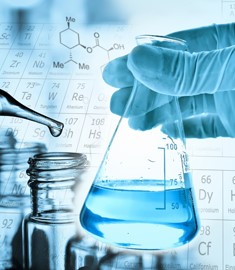Synthetic Chemistry 02 – Heteroatom Alkylation
 Alkylation of a heteroatom is a common transformation in synthetic chemistry. The heteroatom may be part of an amine, amide, sulfonamide, alcohol, phenol, carboxylic acid or heterocycle NH, amongst others. Treatment with a base and reaction with an alkylating agent such as an alkyl halide works in many cases, however more specialised reactions have been also been developed. In the alkylation of amines, reductive amination overcomes the issue of over-alkylation, whilst the Mitsunobu reaction can be used to alkylate acidic groups using an alcohol directly. This course summarises the most commonly used reagents and methods for heterocycle alkylation in the synthetic chemistry lab, paying particular attention to reductive amination and Mitsunobu reactions.
Alkylation of a heteroatom is a common transformation in synthetic chemistry. The heteroatom may be part of an amine, amide, sulfonamide, alcohol, phenol, carboxylic acid or heterocycle NH, amongst others. Treatment with a base and reaction with an alkylating agent such as an alkyl halide works in many cases, however more specialised reactions have been also been developed. In the alkylation of amines, reductive amination overcomes the issue of over-alkylation, whilst the Mitsunobu reaction can be used to alkylate acidic groups using an alcohol directly. This course summarises the most commonly used reagents and methods for heterocycle alkylation in the synthetic chemistry lab, paying particular attention to reductive amination and Mitsunobu reactions.